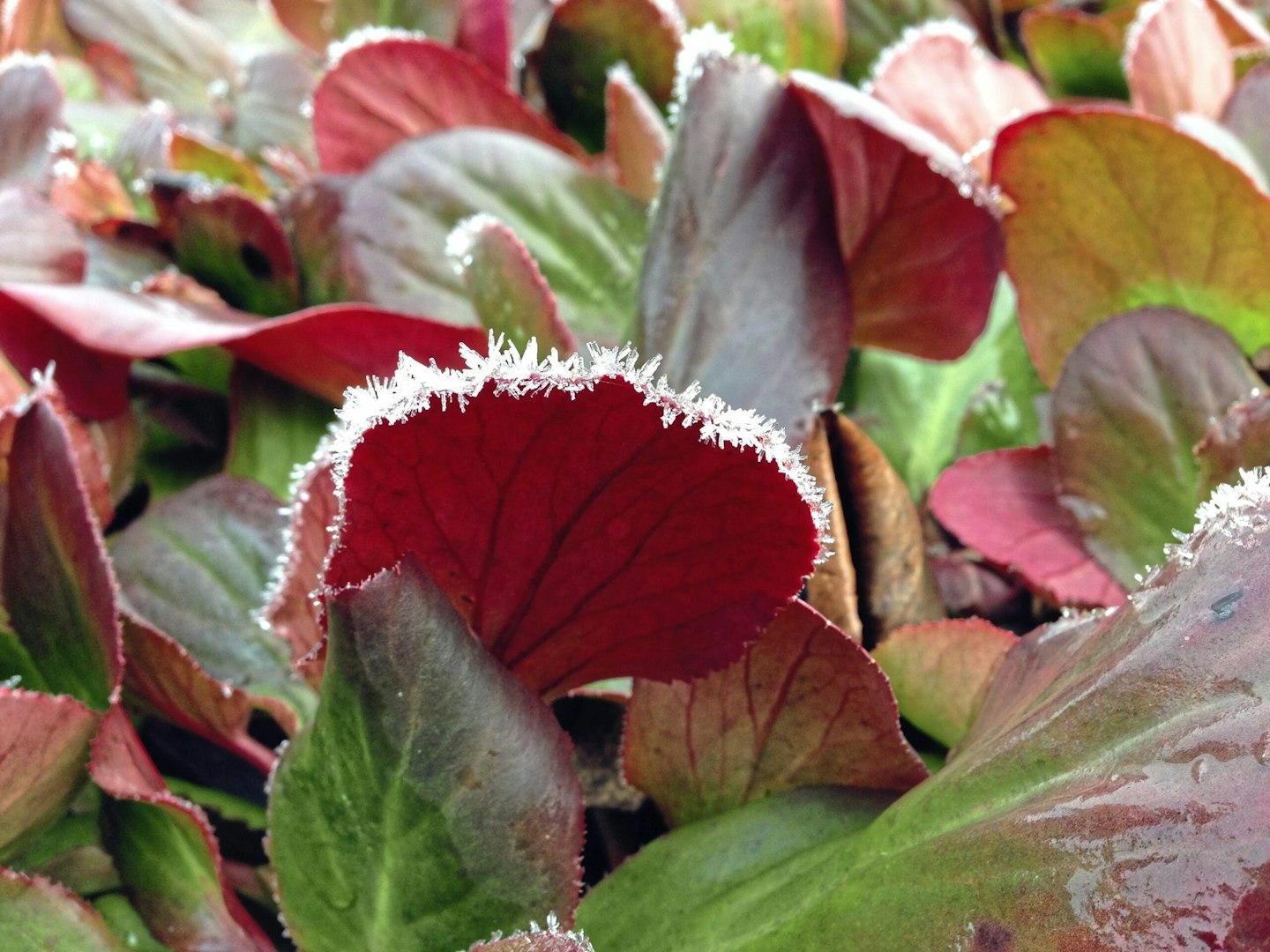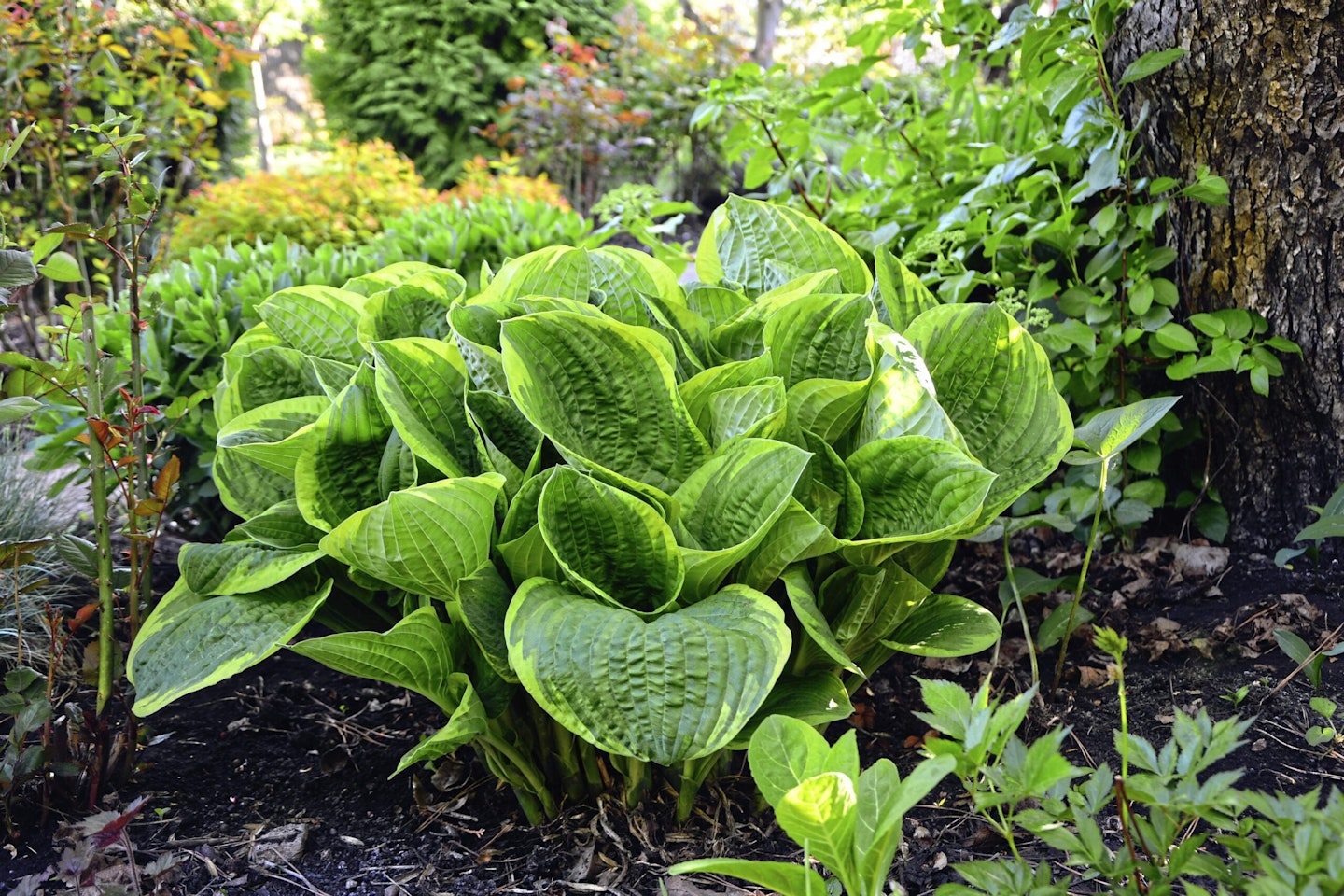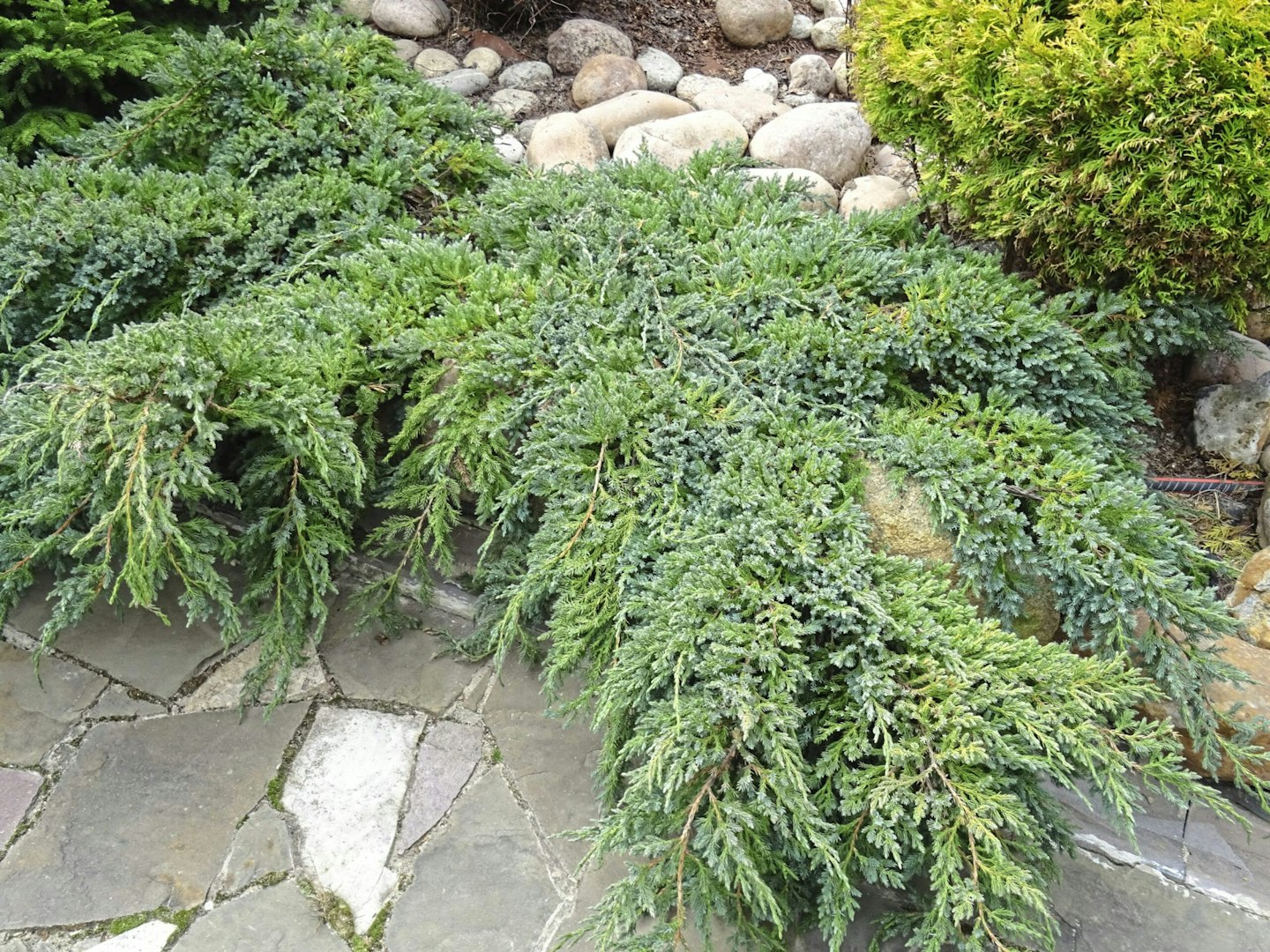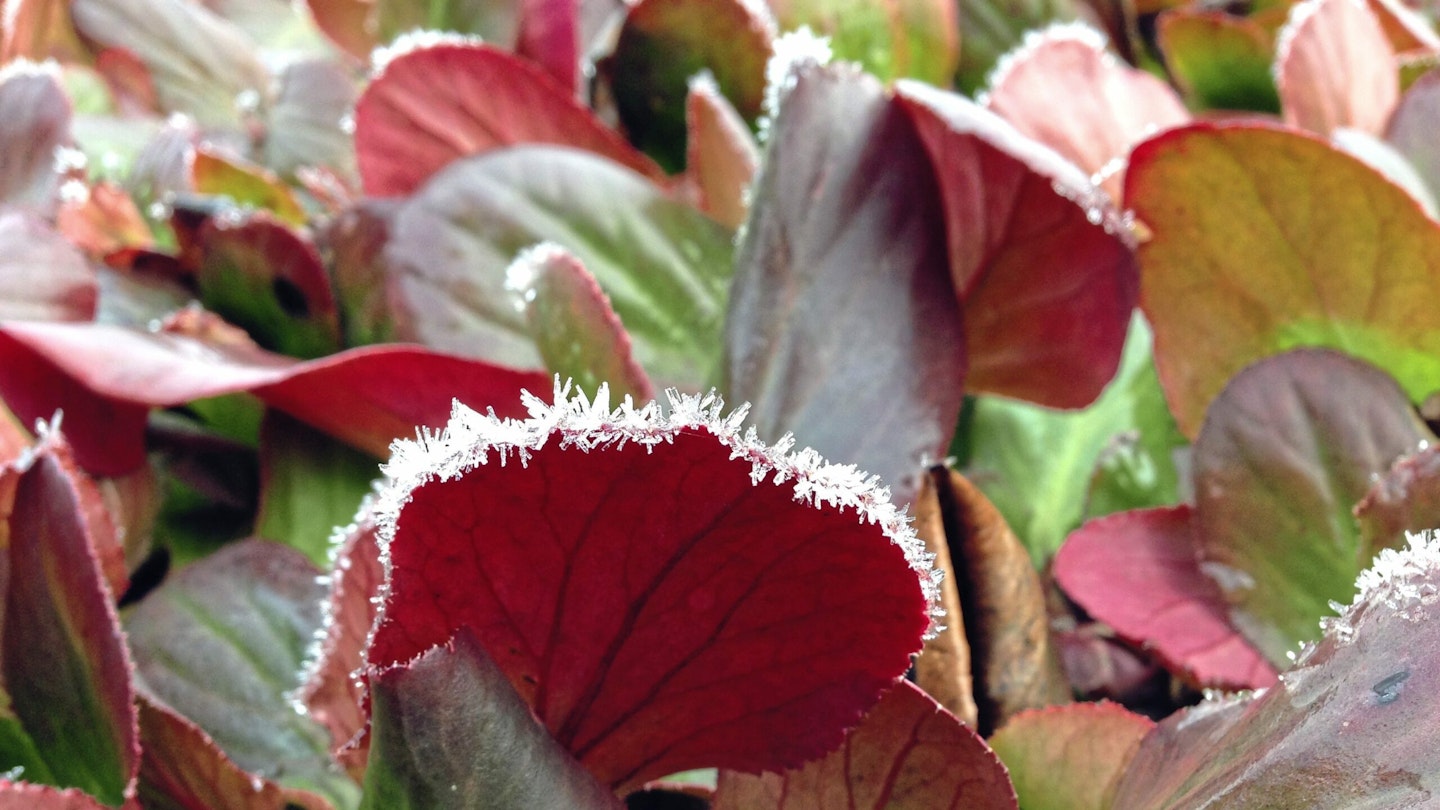Gardeners love to talk about the weather and we can probably all agree that our seasons are becoming less predictable. Recent decades have been less foreseeable for drought, rainfall (or flooding), summer heat and winter ice. Winter cold can be an instant overnight killer and now, we can’t even expect an insulating blanket of snow before the deadly chill. But some plants will take plunging winter temperatures that we never ever see in this country – unless they also have other problems to tolerate.
How cold is cold?
But what exactly do we mean by cold? The Royal Horticultural Society has come up with the hardiness rating system that ranks the winter tolerance of plants on a scale of 17. Plants rated as H1 need heated greenhouse protection, while at the other extreme, those rated H7 are guaranteed to be winter hardy anywhere in Britain and in the coldest parts of Europe – they’ll survive temperatures of at least -20C. All the plants mentioned here are rated as H7.
But surviving winter isn’t all about the cold. Plants are more likely to struggle in winter if planted in wet or waterlogged soil, in sites shaded from winter sunshine and in situations exposed to north and east winds. Of course, in other parts of the world the winters are much more ferocious. The American hardiness rating system takes in plants that are hardy at -46C, of which I could find only one – cotton grass (eriophorum). Brrr!
So as the chill kicks in, we need to look for plants that are tough enough to handle it. All the plants I suggest in this article will survive winters of -20C or below and all have received the prestigious RHS Award of Garden Merit (AGM), so are guaranteed to be fine plants that are easy to grow.
Powerhouse perennials
Achillea
Our native wild yarrow, and most varieties of achillea derived from it, take extremes of both cold and summer drought; they may not look their best after a parched summer, but they survive. The mounds of dark green, feathery leaves are attractive before and after their summer flowering, while deadheading prolongs the season and prevents unwanted
self-sown seedlings. ‘Heidi’ has pink flower heads fading to white, ‘Martina’ is rich yellow that pales as it matures and
‘Summerwine’ is deep purplish red, fading harmoniously.

Bergenia
Bold, leathery and usually evergreen leaves make good ground cover, often turning wine or beetroot red in winter. Shortbranched clusters of red, pink or white flowers open in spring and, although they may be damaged by a surprise late frost, the fat rhizomes are far more resilient. Some varieties are hardier than others; top picks are pink-flowered ‘Eric Smith’, which is best for winter foliage colour, while ‘Eroica’ has unusually tall and long-lasting flower heads. White-flowered varieties seem less hardy but are still rated H6.

Hosta
More than 100 hosta varieties have been given the RHS AGM and all are hardy down to RHS H7, the hardiest rating of all (many take -40C) so the crowns and roots really are tough. However, new spring shoots can be vulnerable to late-spring frost, although they’ll shoot again. Clear away the frosted growth and give them a liquid feed to help them recover. I’d especially recommend ‘Christmas Tree’ for variegated foliage and ‘Fragrant Bouquet’ for super-scented summer flowers.
Tough Trees and Shrubs
Birch
All but one of the birch varieties that have received the RHS AGM are rated as super hardy, H7, even growing as far north as Arctic Canada and Alaska. They tend to be attractive trees that grow quickly and while they don’t have the longevity of oaks and beeches, a birch will usually outlive the gardener who plants it. Well known Himalayan birches, including ‘Grayswood Ghost’, are grown for the shining white bark, while Betula pendula ‘Tristis’, the weeping birch, soon develops its characteristic elegant shape.

Juniper
Junipers are well known to be super-tolerant of icy winters; some even grow wild in the Arctic. Developing into elegant spires, large and small, spreading shrubs or horizontal ground cover, the prickly foliage comes in many shades of green, grey and blue. All appreciate sun and good drainage. Juniperus communis ‘Compressa’ very slowly develops into a neat column of dark growth, ideal for troughs. ‘Grey Owl’ makes an elegant, widely spreading plant in silvery grey, while J. squamata ‘Blue Carpet’ becomes a low, horizontal, ground-hugging carpet in bluish grey.
Download the Garden News app to read the full article for FREE!
